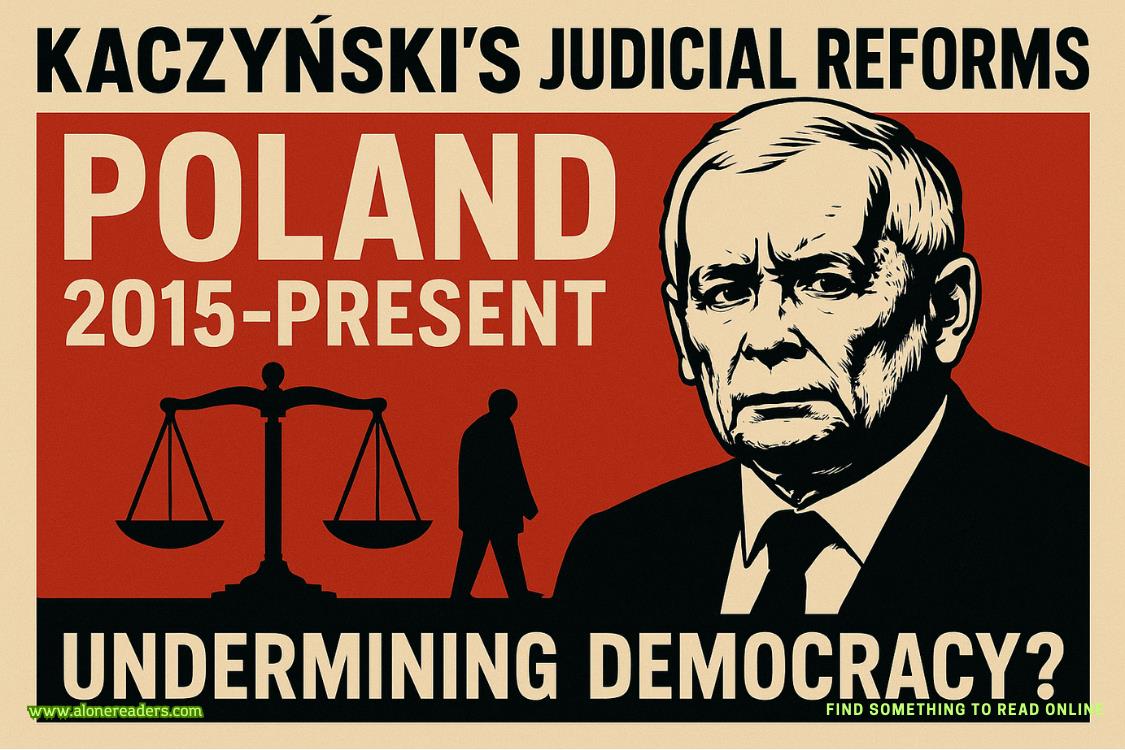Page 70 of The Cabinet of Dr. Leng
“The machine is complete,” he said, proudly.
Pendergast did not show any outward emotion except for a sudden stillness, accompanied by—Ferenc thought in the firelight—a faint contraction of his pupils. “Does it work?”
“Well, I believe so. It has to be, ah, field-tested, of course.”
“Of course.”
“I just want to point out that I made the deadline. I mean, for the extra half million.”
Pendergast inclined his head.
“But there’s something I need to explain,” Ferenc said, taking a breath. “It’s not a problem, really, so much as a…warning label.”
Pendergast remained still.
“I don’t believe the risk of operating this machine can ever be fully mitigated.”
“And why is that?”
“Well, you know it takes two people to run the restored machine. I’ve trained Proctor on how to assist me. But it’s a really complex device. Proctor and I have tested it as far as we can. If it works at all, it might work perfectly a hundred times. Or it might malfunction on the second try. It’s quite possible that the more times it’s used, the greater the chance of something going wrong, a failure that might…” He stopped.
“Might strand the user in a parallel universe?”
“Exactly.”
“Permanently?”
“Yes. If the machine fails while someone is away, well, there are so many parallel universes, constantly shifting in space-time, that it might not be possible to find the right one again.”
For a moment, Pendergast’s face remained unreadable. Then he nodded. “Congratulations. And thank you. Caveat duly noted.”
“Would you like to see it? The workroom is in rather a mess still, but I can go over the operational principles with you, show you the main differences from the original device. And we can discuss how to complete the ‘shake and bake’ process, as we called it during the Rover assembly.”
“I will meet you in the lab in half an hour.”
“Half an hour?” Ferenc was surprised. He’d assumed Pendergast would be in a hurry to see it immediately.
“Yes. I want to take care of a few matters. The half million will be given to you in cash by Proctor, once you have operated the machine.” He raised a hand, anticipating Ferenc’s objection. “Whether or not it functions properly—as we agreed. And you will receive another quarter million once you’ve finished, ah, tending it for a certain period to come.”
And, with a brief motion of his hand, he indicated the library exit.
44
FERENC SPENT THE NEXTfifteen minutes getting the laboratory into some kind of order, dismantling the temporary scaffolding, then running down a long, written checklist, ticking off each element of the device and all the settings and sequences required to open the portal to another universe.
He was more or less an atheist—“more or less” because he preferred studying thehowversus thewhy. He’d worked on projects involving everything from nuclear weapons to the exploration of the planets. But somehow, this device was different. Nonbeliever though he was, he nevertheless felt that he had some unspoken agreement with Creation that there were certain boundaries beyond which science should not go…and by resurrecting this device, he was testing that agreement.
Reading and rereading the old notebooks and folders, watching Proctor’s video frame by frame, he’d learned some of the history of the machine and how its earlier incarnations worked. The machine was no longer meant toglimpsea few minutes or more into the future; instead, in its final form it hadsenta person into the past—to a very specific date and place: November 27, 1880, Longacre Square, New York City. To achieve this, the machine had to safely drill through several other parallel universes, including the one that had caused such mayhem in Savannah.
That had caused such mayhem.Maybe that was what gave him the funny feeling in the pit of his stomach. The many-worlds theory had been proposed almost three-quarters of a century earlier and was now a cornerstone of quantum mechanics. Still, it was one thing to study such theories, or poke at their outer fringes with supercolliders or near-absolute-zero magnetic fields and superconductivity—it was quite another to actually vault somebody into a place straight out ofThe Twilight Zone. He knew he could be curious, even too curious, about projects he’d been assigned to in the past…but nevertheless he’d always known thereasonthey were necessary.
Pendergast was already rich, and he wouldn’t need to go to a specific time and place to make a financial killing of some kind. And he was no fool: he was clearly aware of the dangers involved. But just a few minutes ago, he’d brushed aside Ferenc’s mention of those dangers. Whatever the motivation, it was of supreme importance to the man.
Putting aside for the moment toying with the universe in this fashion, it was the secrecy Pendergast insisted upon that annoyed him. Pendergast refused to discuss anything about his plans. Ferenc felt certain the subject was discussed in detail with Proctor when the two were alone, but his own questions along these lines had been met with near hostility:Your business is to get this machine operational again. My business involves the question of why. No curiosity or inquiries in that direction will be entertained.
Although he had no proof, he sensed the final use of the original machine—an act which caused its destruction—had not been authorized, or perhaps even anticipated, by Pendergast.
The door opened and Proctor stepped in, interrupting his thoughts. He carried a shabby briefcase, which he placed in a corner, then shut the door and glanced around wordlessly. Ferenc had worked with the man night and day for the past two weeks, and while it was true he’d been a godsend, the guy nevertheless oozed distrust and suppressed violence. But Proctor knew Ferenc had poured his heart and soul into the machine. No one could doubt that. The finished apparatus was more complex and refined than its predecessor, because it now had to connect to a specific universe at a specific place in time. This complexity meant two operators rather than one. The delicacy of calibration required, and the constant monitoring of the super-cold temperatures of the main assembly to ensure everything remained within a tight range, kept Proctor fully occupied—while at the same time Ferenc was busy guiding the lasers in the secondary assembly to initiate and maintain the braiding process and regulate the magnetic flux whose lattice formed the portal…















